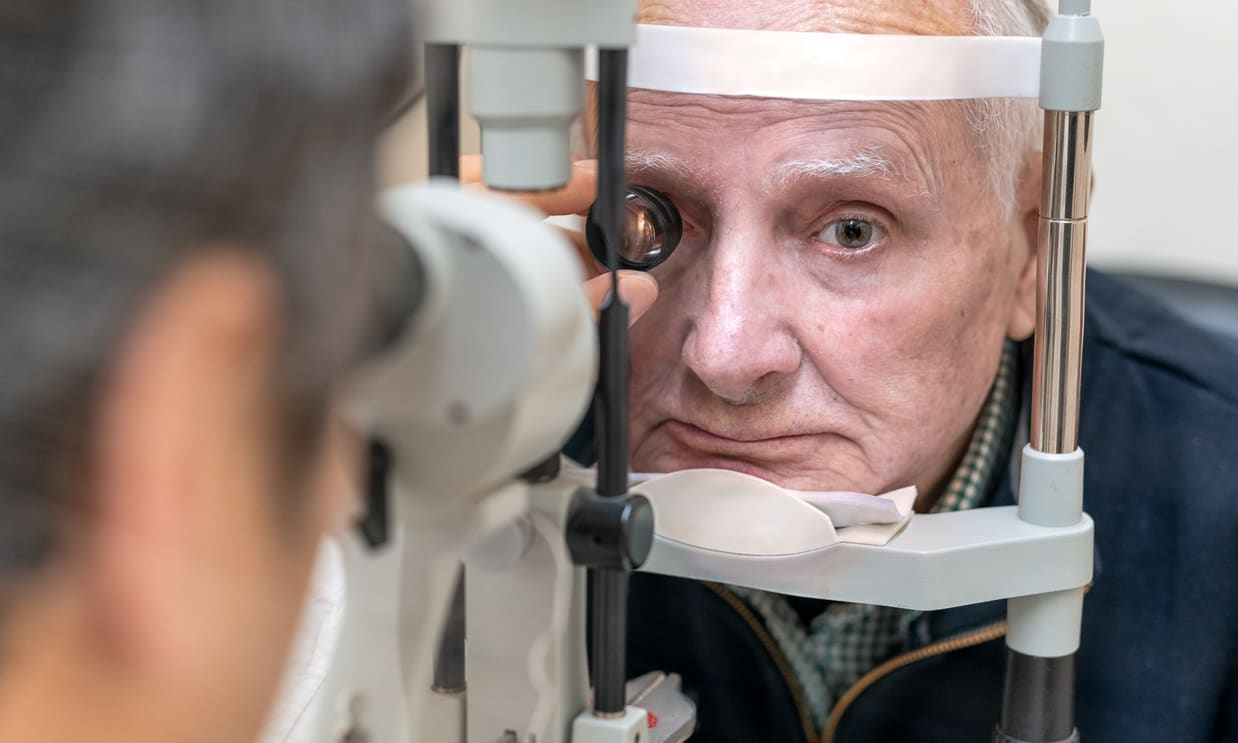5 Surprising Mistakes That Can Slow Cataract Recovery
Cataract surgery is one of the most successful procedures performed today, with over 95% of patients experiencing improved vision. However, the recovery process requires careful attention to specific guidelines. Many patients unknowingly make simple mistakes that can significantly slow their healing process, extend recovery time, or even compromise their surgical outcomes. Understanding these common pitfalls can help ensure your path to clearer vision remains smooth and efficient.

Why Do Some Patients Experience Slower Recovery Times?
Recovery speed varies among patients, but certain behaviours consistently impact healing timelines. The eye is particularly sensitive after surgery, with the corneal incision and lens replacement requiring time to stabilise. During the initial weeks, the eye’s natural healing processes work to seal incisions and adapt to the new artificial lens. Disrupting these processes through seemingly harmless activities can delay recovery by days or even weeks.
Age, overall health, and adherence to post-operative instructions play crucial roles. Younger patients typically heal faster, whilst those with diabetes or other systemic conditions may require additional time. However, regardless of individual factors, avoiding common mistakes remains the most controllable aspect of recovery.
What Activities Should You Avoid During Early Recovery?
One surprising mistake involves resuming normal exercise routines too quickly. Many patients assume light activities pose no risk, yet even gentle yoga or walking in windy conditions can strain the healing eye. Bending over to pick up objects, lifting items heavier than 10 pounds, or performing sudden head movements can increase eye pressure and disrupt healing.
Swimming and hot tubs present particular risks due to bacterial contamination. Even showering requires caution - water pressure and soap residue can irritate the surgical site. Driving should be avoided until cleared by your surgeon, typically after the first follow-up appointment. These restrictions aren’t permanent, but respecting them during the critical first week significantly impacts recovery success.
How Should You Properly Apply Eye Drops and Medications?
Medication errors represent another common recovery obstacle. Many patients struggle with proper eye drop technique, leading to inadequate dosing or contamination. The correct method involves tilting your head back, pulling down the lower eyelid to create a pocket, and applying drops without touching the bottle tip to your eye or eyelashes.
Timing between different medications matters greatly. When multiple eye drops are prescribed, waiting at least five minutes between applications prevents dilution and ensures proper absorption. Skipping doses or stopping medications early because “everything feels fine” can trigger inflammation or infection. Following the complete prescribed regimen, even when symptoms improve, prevents setbacks that could extend recovery by weeks.
When Should You Contact Your Doctor Immediately?
Recognising warning signs prevents minor issues from becoming major complications. Sudden vision changes, severe pain that isn’t relieved by prescribed medications, or flashing lights require immediate medical attention. Increased redness, discharge, or the sensation of something stuck in your eye may indicate infection or other complications.
Some patients hesitate to contact their surgeon for fear of being bothersome, but prompt communication prevents serious problems. Temperature elevation, nausea accompanying eye pain, or halos around lights beyond the expected initial period all warrant professional evaluation. Most surgeons prefer addressing concerns early rather than managing preventable complications later.
How Does Your Environment Affect Healing Progress?
Environmental factors significantly influence recovery, yet many patients overlook these considerations. Dusty or smoky environments irritate healing tissues and increase infection risk. Gardening, cleaning with aerosol products, or spending time in areas with airborne particles should be avoided during initial recovery weeks.
In the United Kingdom, particular attention should be paid to seasonal factors. Spring pollen counts can be especially problematic for recovering eyes, whilst winter heating systems may create dry conditions requiring additional artificial tears. Many UK patients find recovery easier when planning surgery during milder weather periods, allowing for comfortable indoor recovery without extreme temperature fluctuations affecting healing.
What Are the Best Practices for Eye Care After Surgery?
Proper post-operative care involves more than following medication schedules. Sleeping position matters - lying on your back or non-operative side prevents accidental pressure on the healing eye. Using the provided eye shield consistently during sleep for the recommended period protects against inadvertent rubbing or bumping.
Nutrition supports healing, with foods rich in vitamins C and E, omega-3 fatty acids, and antioxidants promoting tissue repair. Staying hydrated helps maintain proper eye moisture levels. Regular follow-up appointments allow your surgeon to monitor progress and adjust care plans as needed. These appointments aren’t optional - they’re essential checkpoints ensuring optimal recovery.
Understanding these surprising mistakes that can slow cataract recovery empowers patients to take active roles in their healing process. Most complications are preventable through careful attention to post-operative guidelines and prompt communication with healthcare providers. The temporary inconveniences of following recovery restrictions pale in comparison to the lasting benefits of properly healed, clear vision. Your commitment to proper recovery practices directly influences your surgical outcome and long-term visual success.
This article is for informational purposes only and should not be considered medical advice. Please consult a qualified healthcare professional for personalised guidance and treatment.




